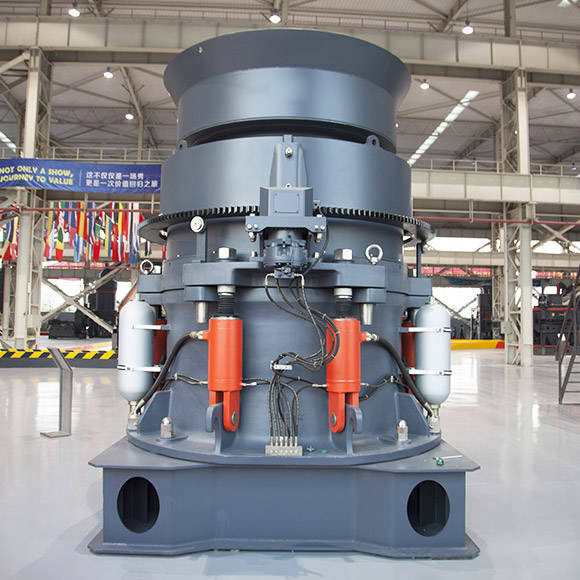A cone crusher is a crucial component in an ore aggregate plant, playing a significant role in the processing and production of high-quality aggregates. In this article, we will delve into the importance of cone crushers in ore aggregate plants, their working principles, types, and their overall impact on the production process.
Importance of Cone Crushers in Ore Aggregate Plants:
Ore aggregate plants are essential facilities for the mining and construction industries, responsible for crushing large rocks and ore into smaller, more manageable sizes. Cone crushers are a primary choice in these plants due to their ability to efficiently reduce material size while maintaining a high-quality final product. Here are some key reasons for their importance:
- Efficient Crushing: Cone crushers are designed to break down hard and abrasive materials effectively, making them ideal for processing ore aggregates. They use compression force to crush the material between a stationary concave surface and a rotating mantle, resulting in efficient reduction.
- Uniform Product Size: Cone crushers are known for producing uniform-sized end products. This consistency in size is critical in the production of high-quality aggregates, as it ensures that the final product meets the required specifications.
- Versatility: Cone crushers can handle a wide range of materials, from soft and friable to hard and abrasive. This versatility allows them to process various types of ores and aggregates, making them suitable for diverse applications.
- Cost-Effective: While the initial investment in a cone crusher may be significant, their long-term cost-effectiveness is undeniable. Their efficient operation and minimal maintenance requirements result in lower operational costs over time.
- Reduction of Downtime: Cone crushers are designed for continuous operation, minimizing downtime in ore aggregate plants. This leads to increased productivity and a higher return on investment.

Working Principles of Cone Crushers:
Understanding how cone crushers work is essential for their effective operation in ore aggregate plants. The basic working principle involves the following steps:
- Feed Material Ingestion: Raw material is fed into the cone crusher’s crushing chamber through the top or side.
- Crushing Action: The cone crusher’s mantle gyrates eccentrically within the concave, causing compression and crushing of the material between the mantle and concave.
- Discharge of Crushed Material: Crushed material is discharged through the bottom of the crusher as it moves downward through the chamber.
- Adjustable Settings: Cone crushers often come with adjustable settings to control the final product size. Operators can modify the gap between the mantle and concave to achieve the desired product specifications.
Types of Cone Crushers:
Several types of cone crushers are used in ore aggregate plants, each designed for specific applications:
- Standard Cone Crusher: This type is suitable for secondary and tertiary crushing stages and is commonly used in ore aggregate plants.
- Short Head Cone Crusher: Short head cone crushers are typically used for finer crushing and have a steeper crushing chamber angle.
- Hydraulic Cone Crusher: These crushers come with hydraulic adjustment features, making it easier to control the product size and protect against overload.
- Multi-Cylinder Cone Crusher: This type is known for its high crushing capacity and is used for processing hard and abrasive materials.
- Mobile Cone Crusher: Designed for portability, these crushers can be moved around the site, making them suitable for mobile ore aggregate plants.
Cone crushers are indispensable components in ore aggregate plants, contributing significantly to the efficient processing of raw materials into high-quality aggregates. Their ability to produce uniform-sized products, versatility, cost-effectiveness, and minimal downtime make them essential tools in the mining and construction industries. Understanding their working principles and choosing the right type for the specific application is crucial for achieving optimal performance and productivity in ore aggregate plants.
